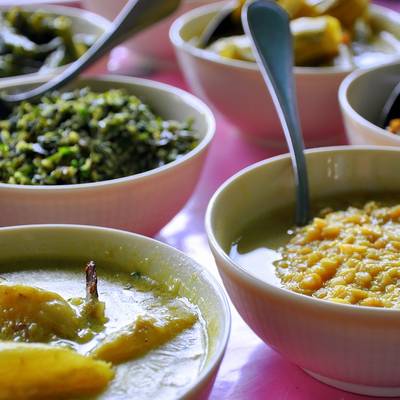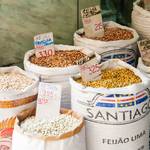
What is the local food like in Italy?
Italy, known for its rich history, magnificent art, stunning landscapes, and warm hospitality, is also renowned worldwide for its gastronomy. Each region in Italy has its unique cuisine and food culture, characterized by fresh ingredients everyone loves. So, let's embark on a culinary journey to discover the authentic local food in Italy.
The Diversity of Italian Cuisine
One of the unique aspects of Italian cuisine is its variety. The difference in climate and geography across Italy's 20 regions has led to the development of a diverse culinary scene. From hearty meat dishes up north to fresh seafood in the south, the vast range of local food reflects Italy's rich culture and history.
Regional Italian Delicacies
Tuscany (Tuscan Cuisine)
If you're in the beautiful region of Tuscany, your palate will be treated to hearty, simple meals with bold flavors. Must-try local dishes include Panzanella, a bread salad with tomatoes and onions, Ribollita, a reboiled cabbage and bread soup, and the world-famous Bistecca alla Fiorentina, Florentine T-bone steak.
Emilia-Romagna (Emilian Cuisine)
Emilia-Romagna, Italy’s culinary heartland, is famous for its rich, hearty cuisine. The region is the original home of Prosciutto di Parma, a dry-cured ham, and Parmigiano-Reggiano, known worldwide as Parmesan. Another local specialty is Tagliatelle alla Bolognese, flat pasta with a meat-based sauce, named after the region's largest city, Bologna.
Lombardy (Milanese Cuisine)
In Lombardy, the Milanese have some unique dishes that have become popular worldwide. Risotto alla Milanese is a classic dish, featuring creamy, saffron-infused risotto. The famous Osso Buco, braised veal shanks cooked with vegetables and broth, is also not to be missed.
Sicily (Sicilian Cuisine)
The island of Sicily boasts a variety of dishes influenced by a multitude of cultures. Arancini, deep-fried rice balls filled with ragù, peas, and cheese, and Caponata, a tangy eggplant dish, are staples. Sicily is also known for its sweets, such as Cannoli, fried pastry tubes filled with sweet creamy ricotta, and the delicious Cassata Siciliana.
The Italian Dining Experience
No discussion about Italian food would be complete without mentioning the unique Italian dining experience. Dining in Italy isn't just about the food—it's an event that brings together family and friends, often lasting several hours. Italian meals usually consist of multiple courses, including antipasto (appetizers), primo (first course, usually pasta or risotto), secondo (main course), and dolce (dessert). This is often accompanied by local Italian wines, which are an integral part of the meal.
Italy's local food scene offers a feast not just for your taste buds, but also for your soul. Each dish tells a story of the region's history and tradition, making it much more than just a meal. It represents Italy’s diverse and vibrant culture that leaves an indelible memory in the heart of every traveler.





